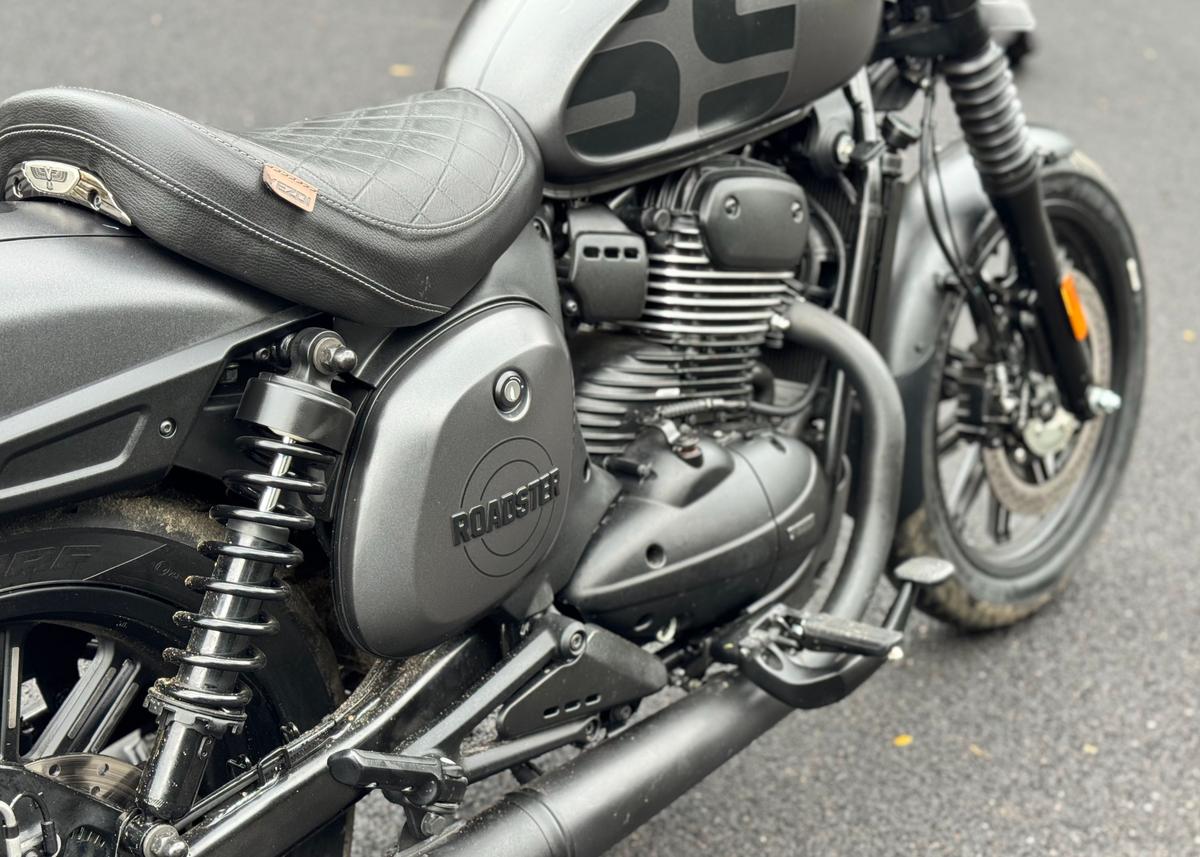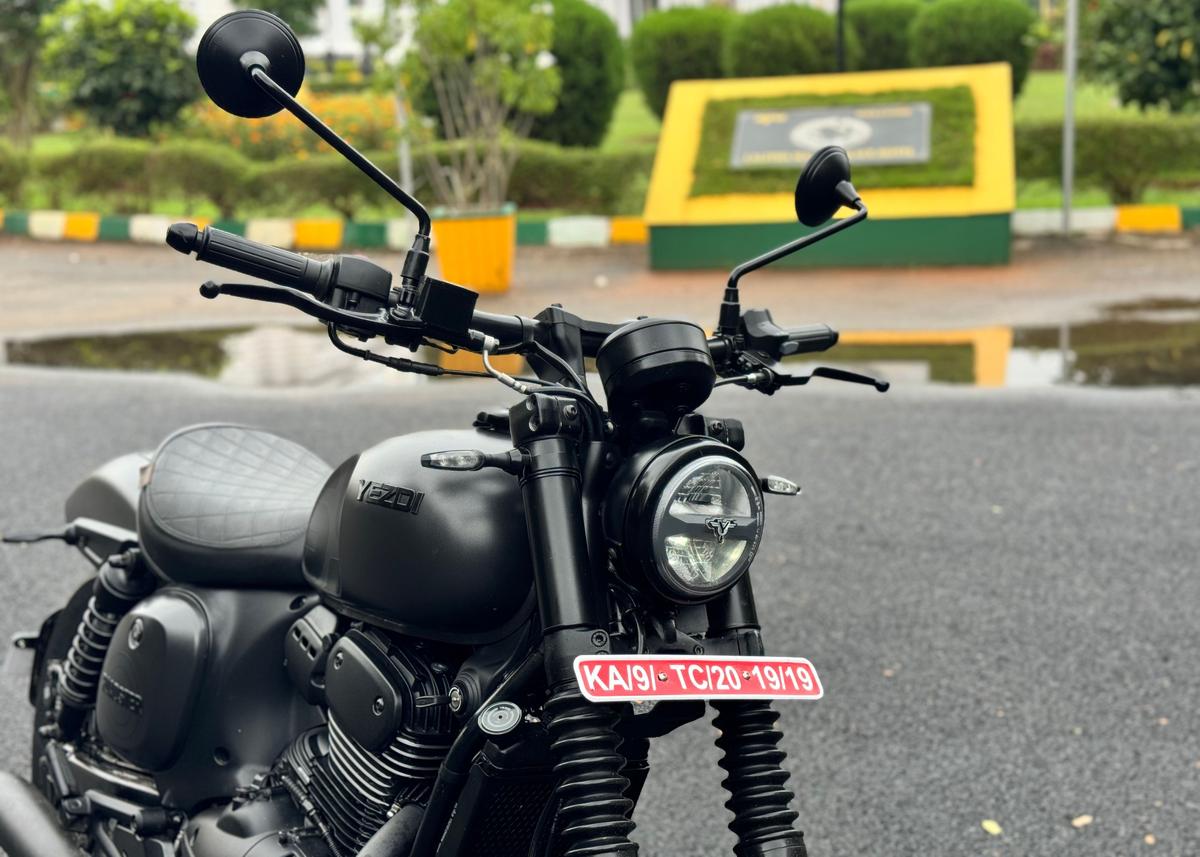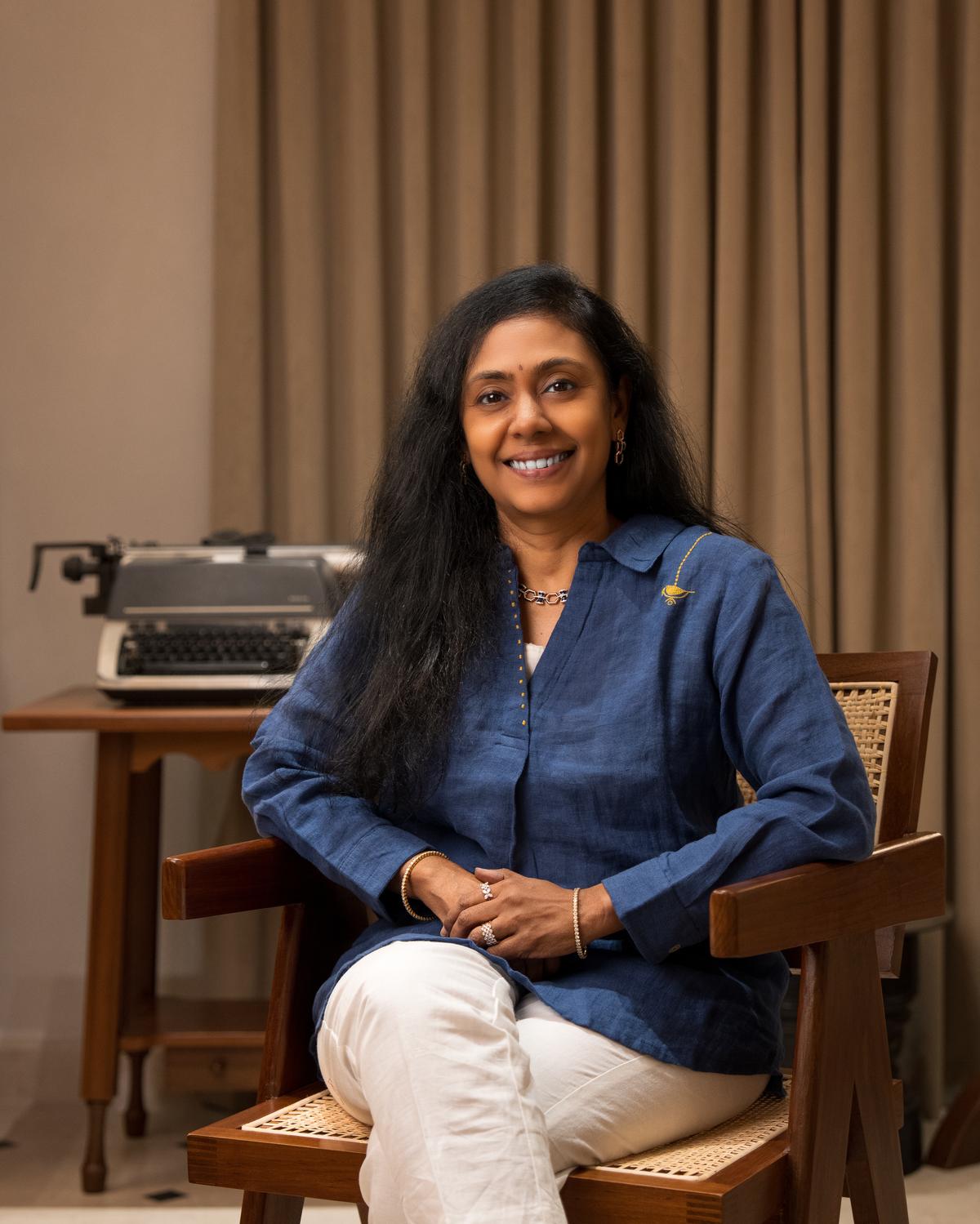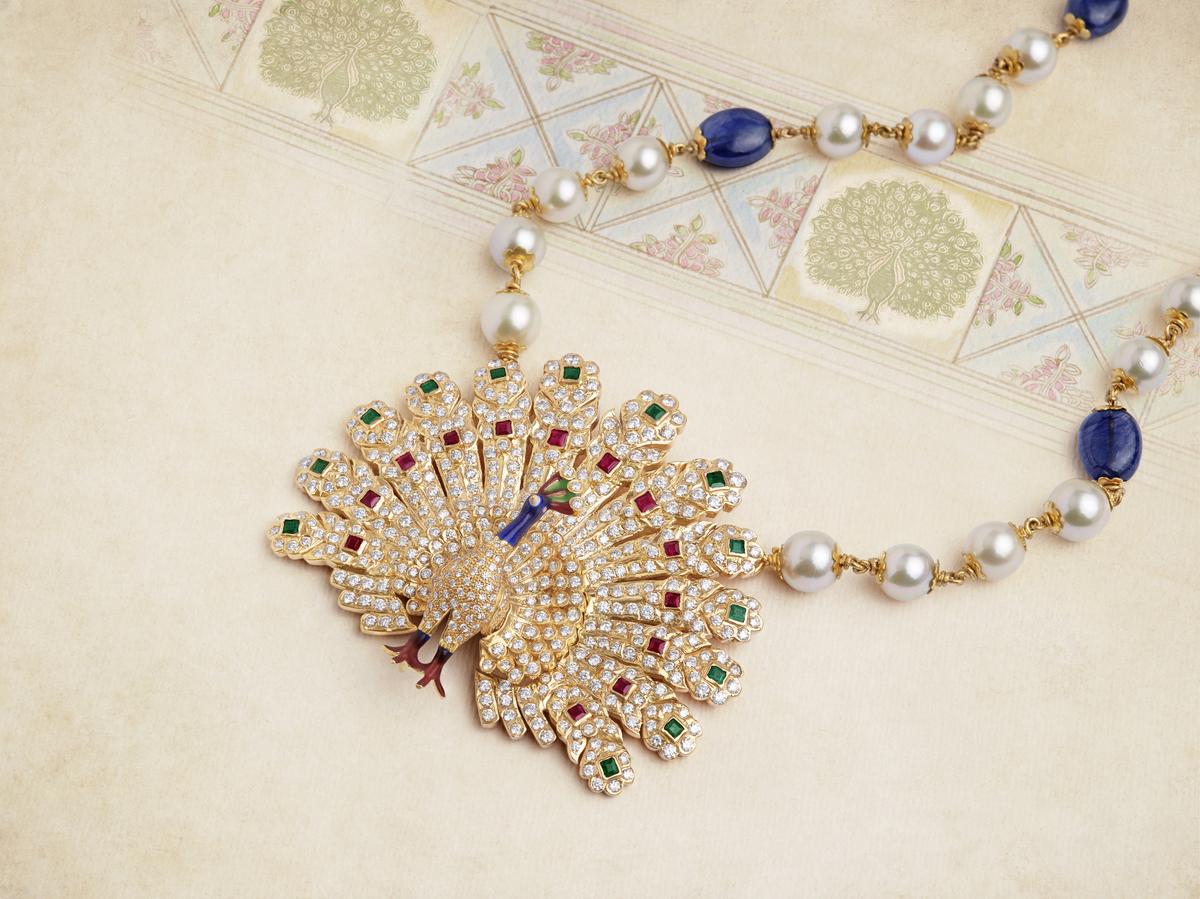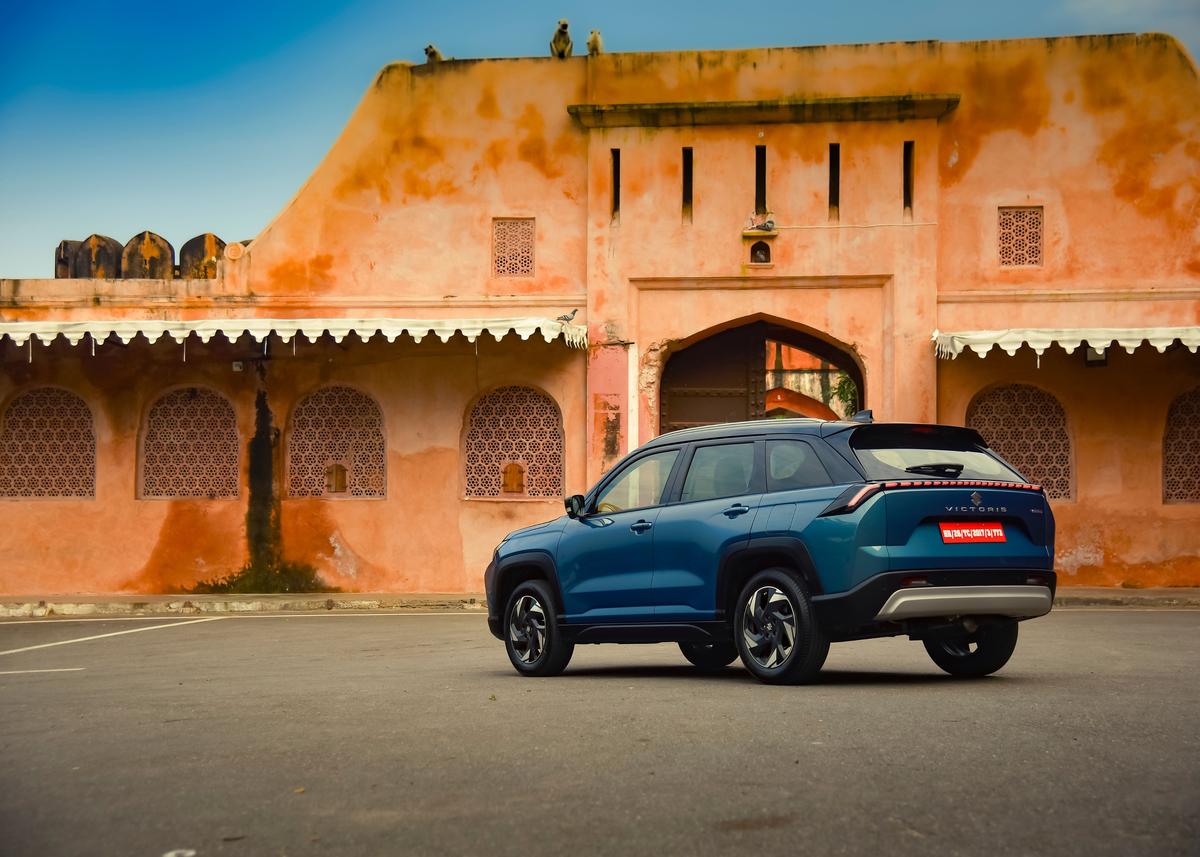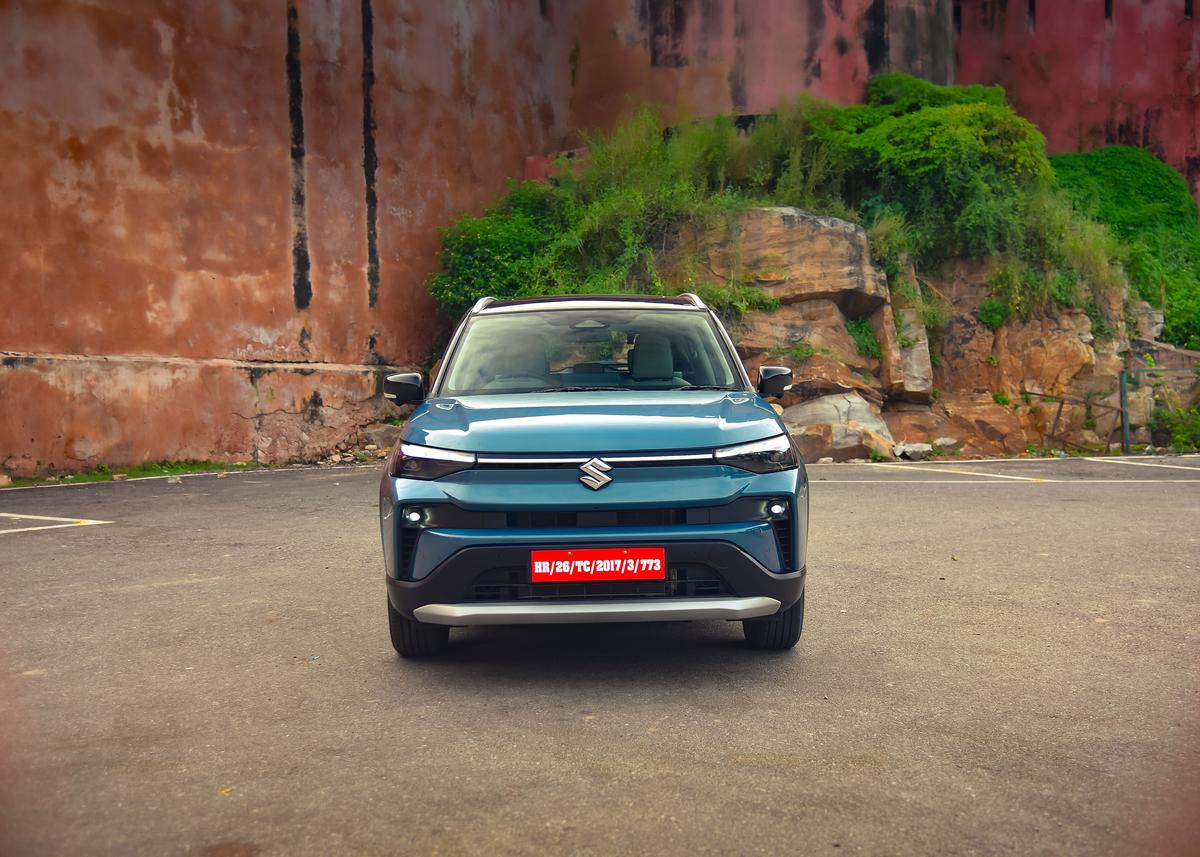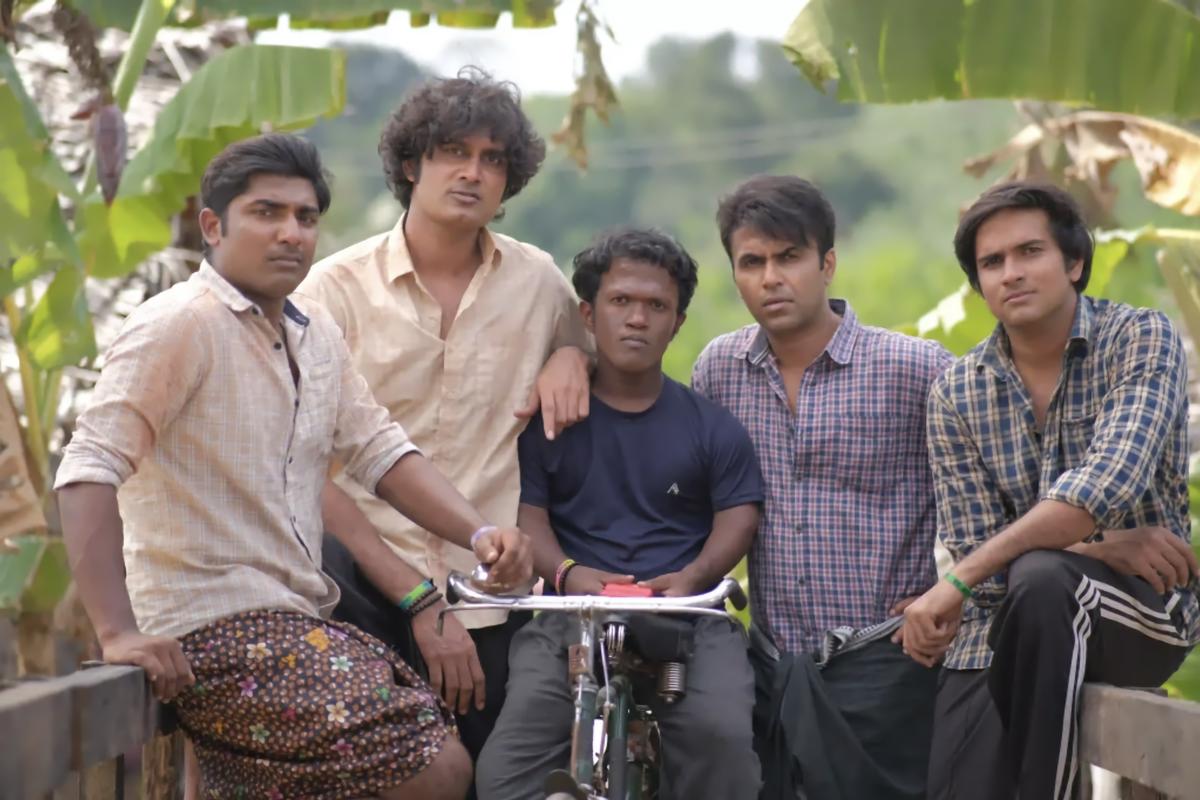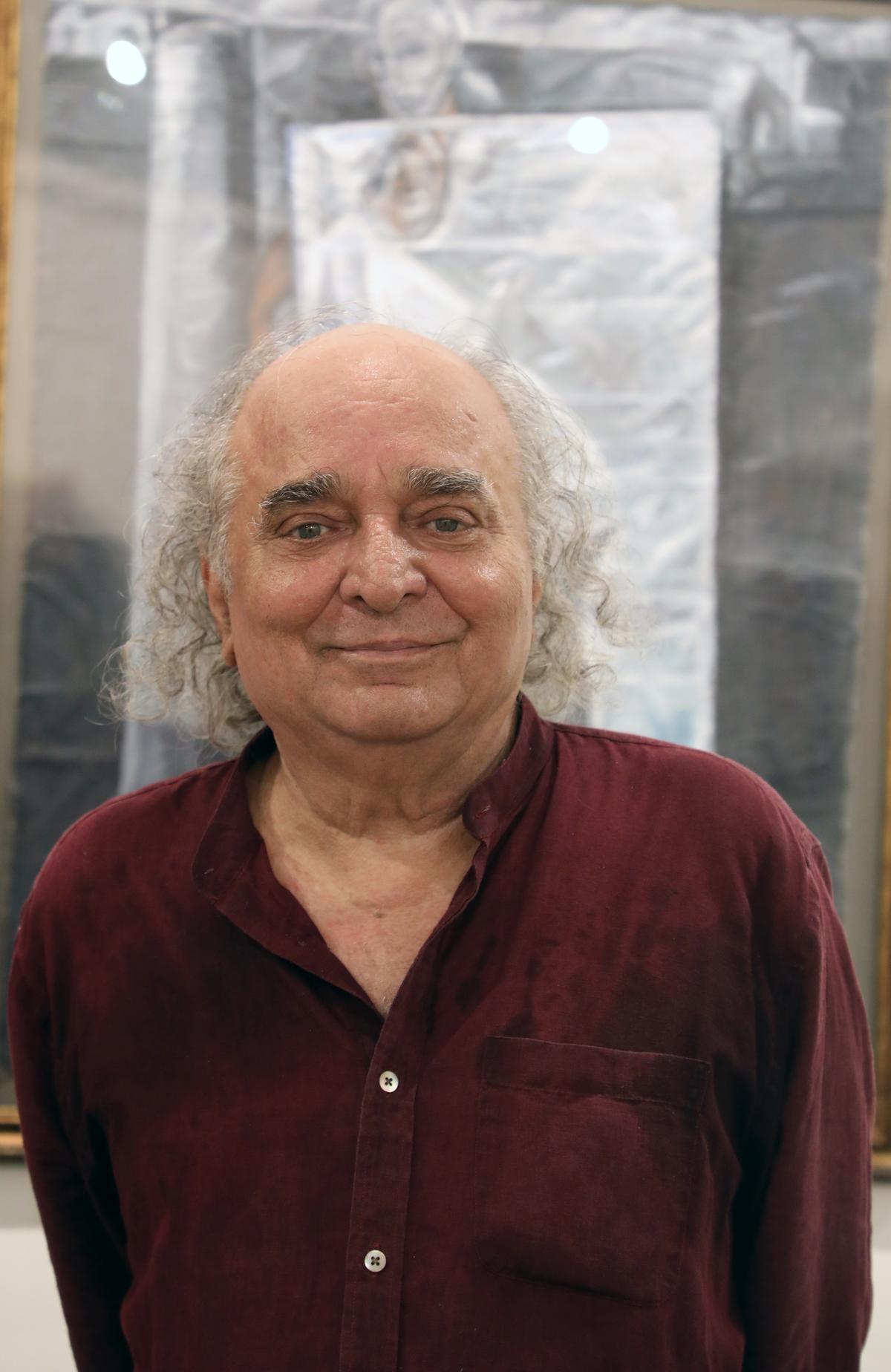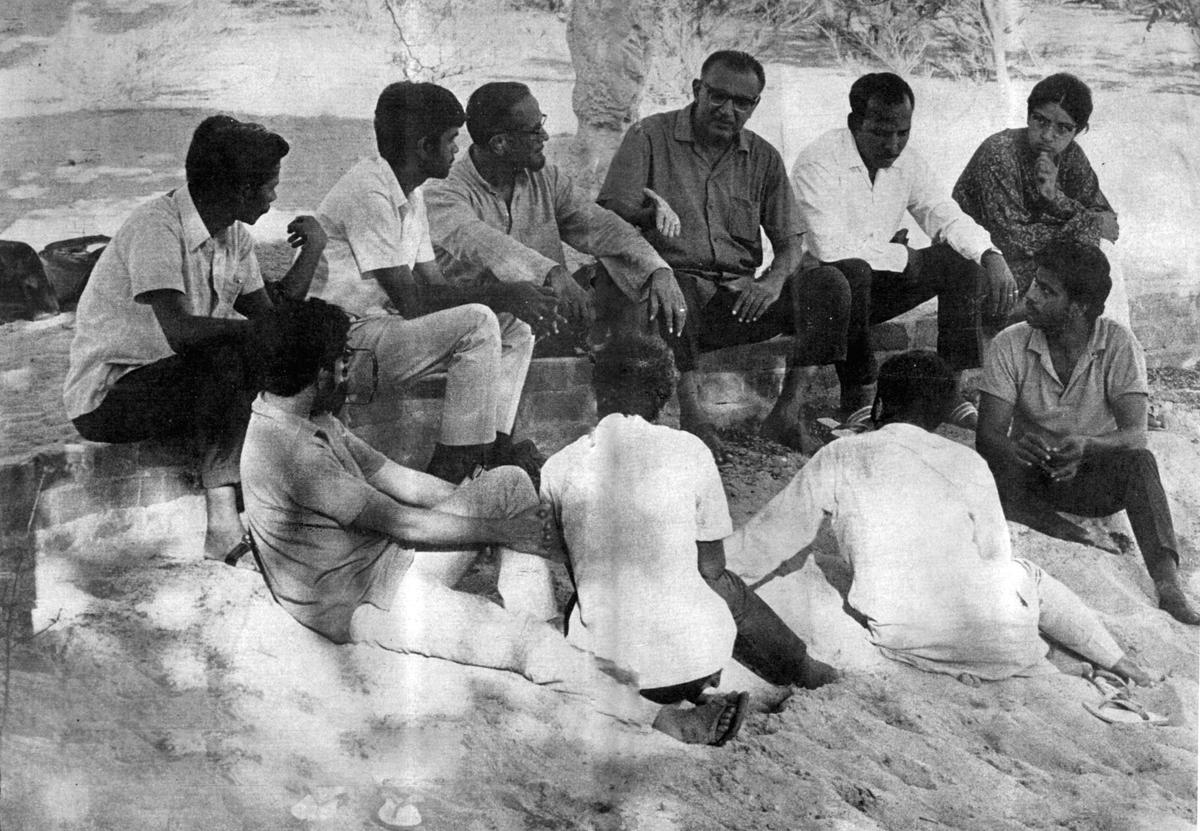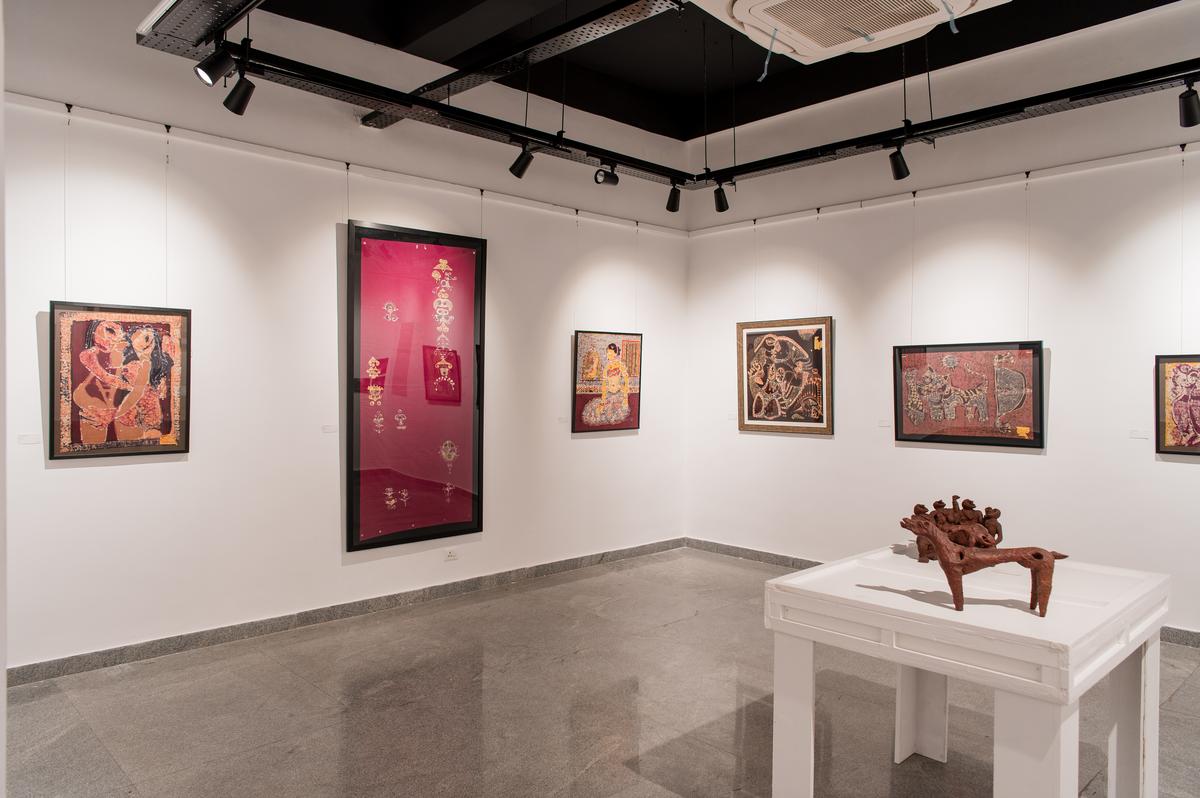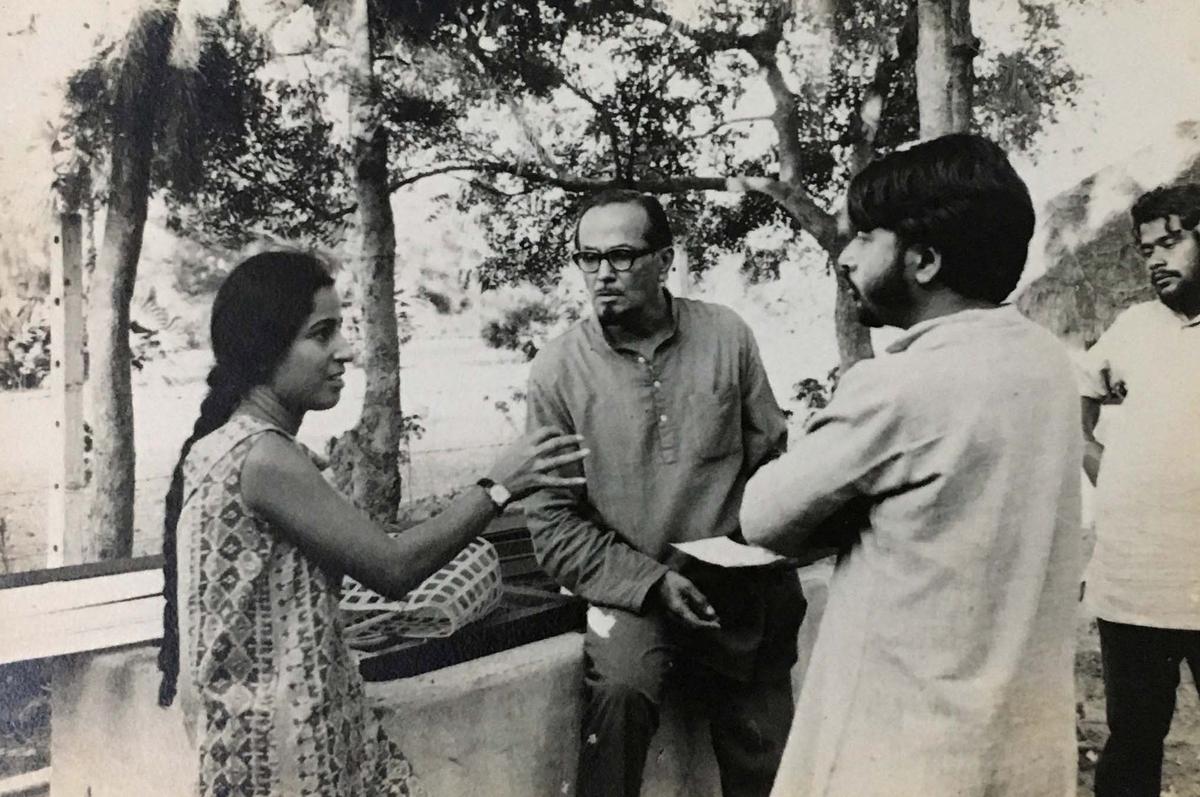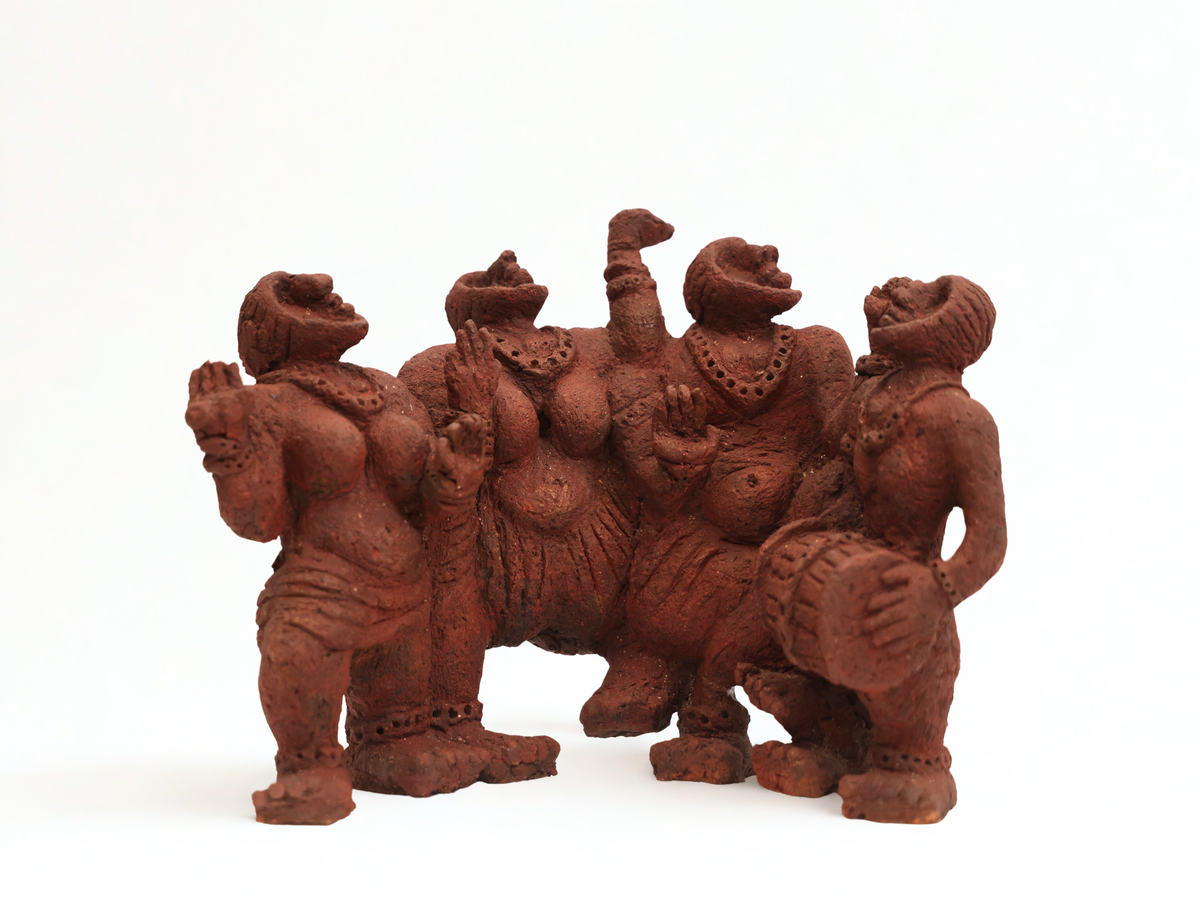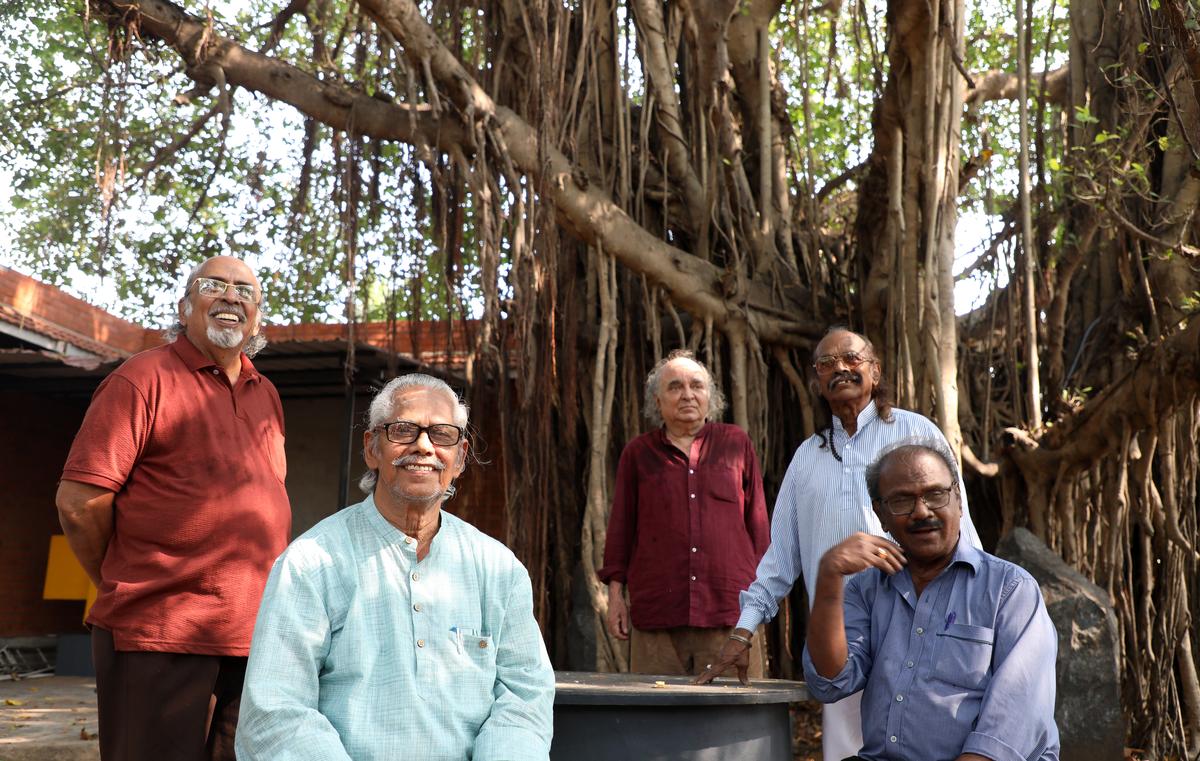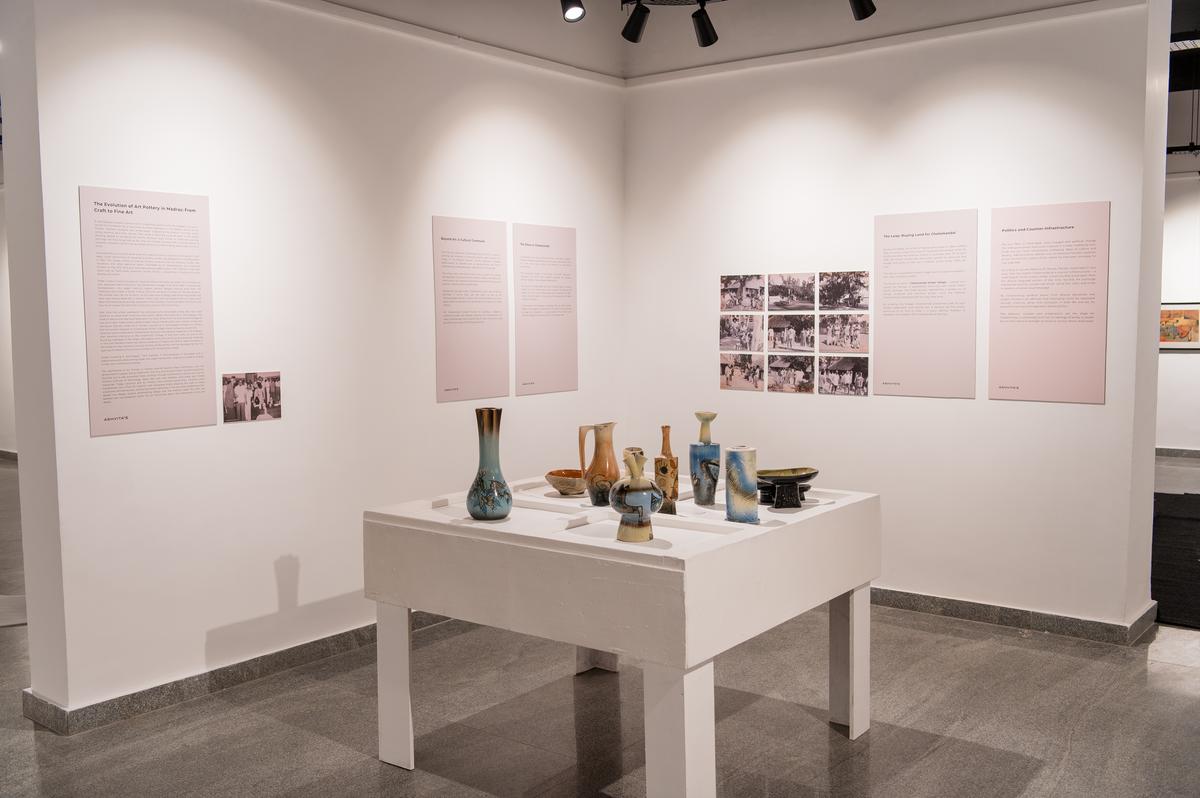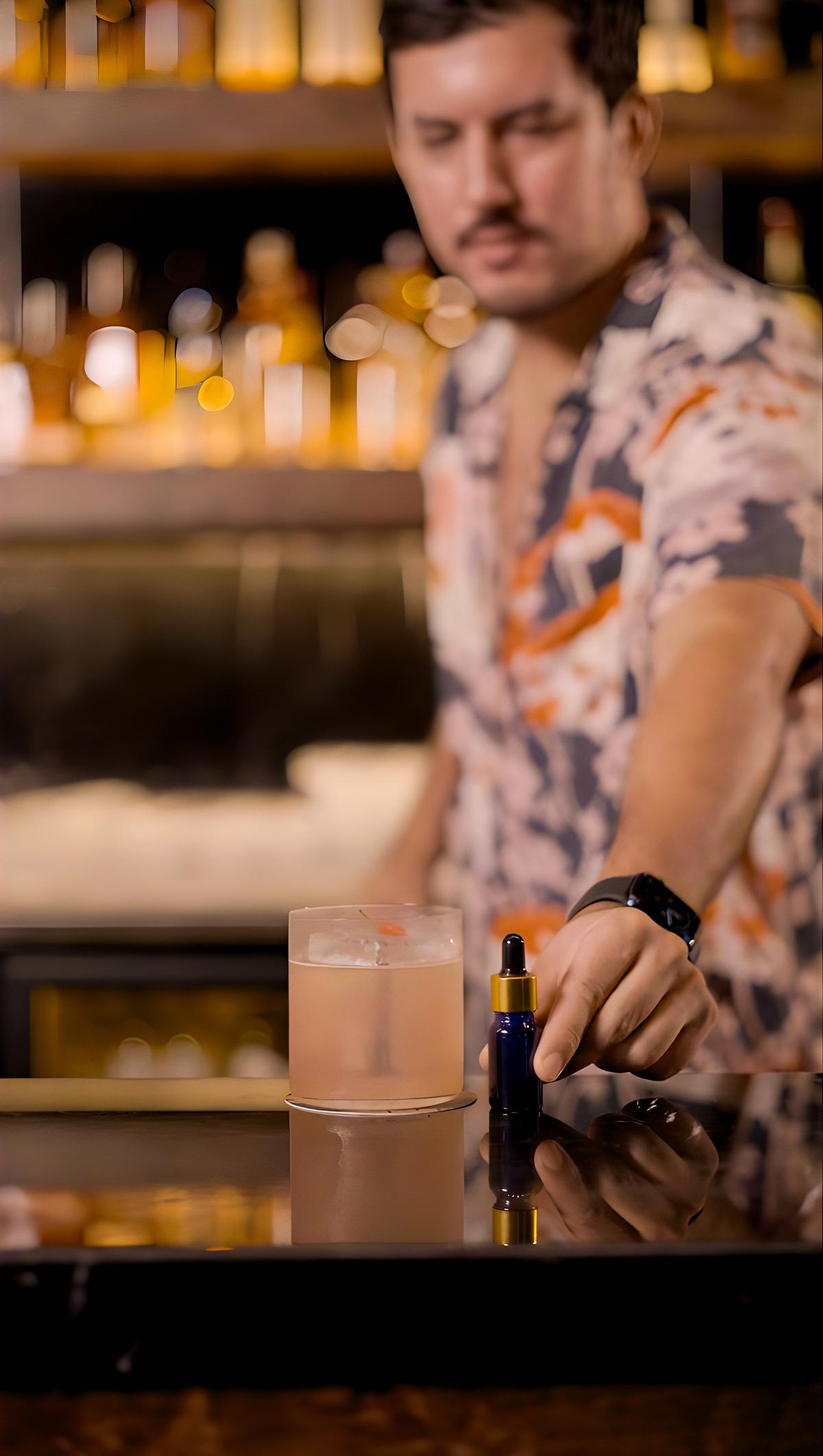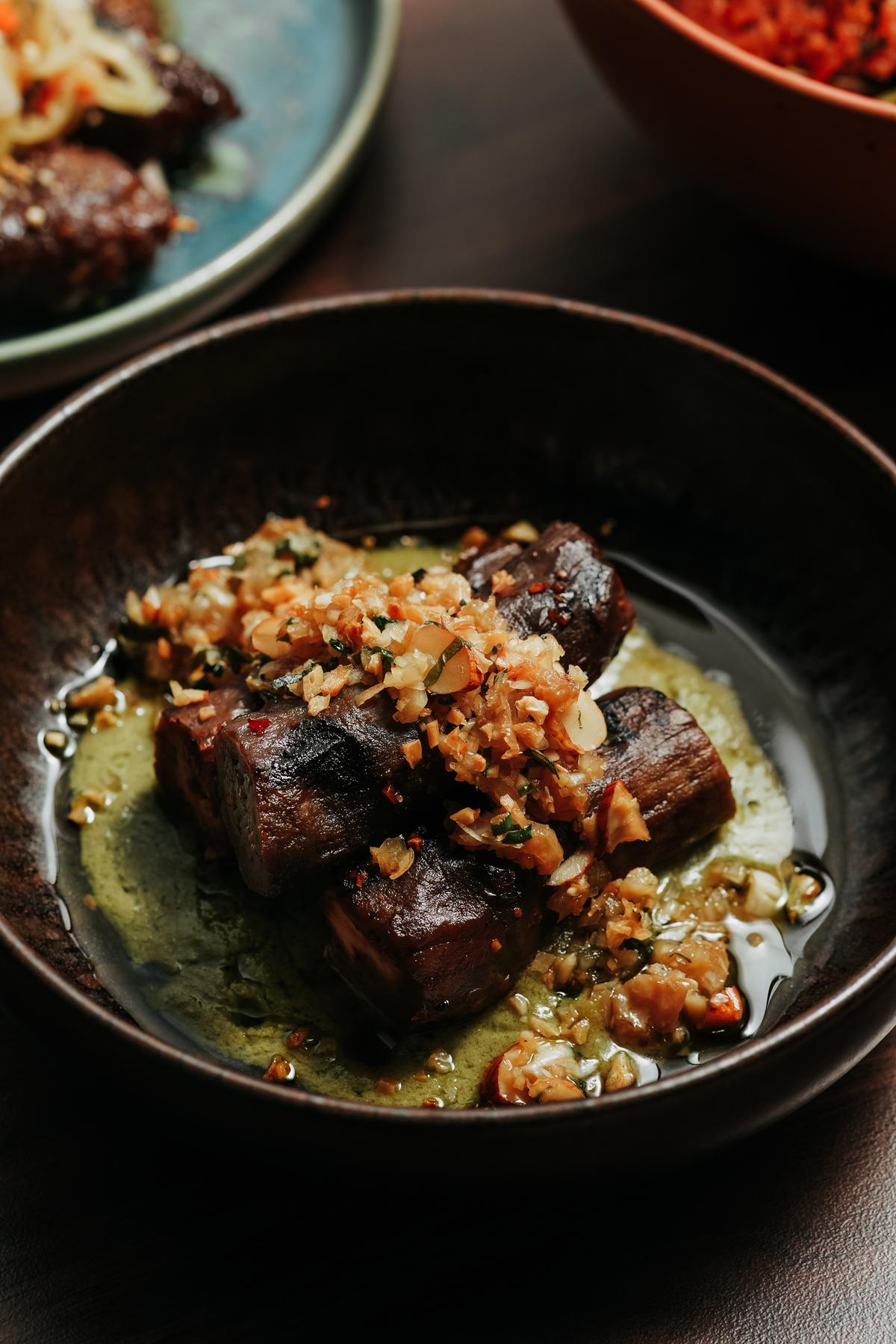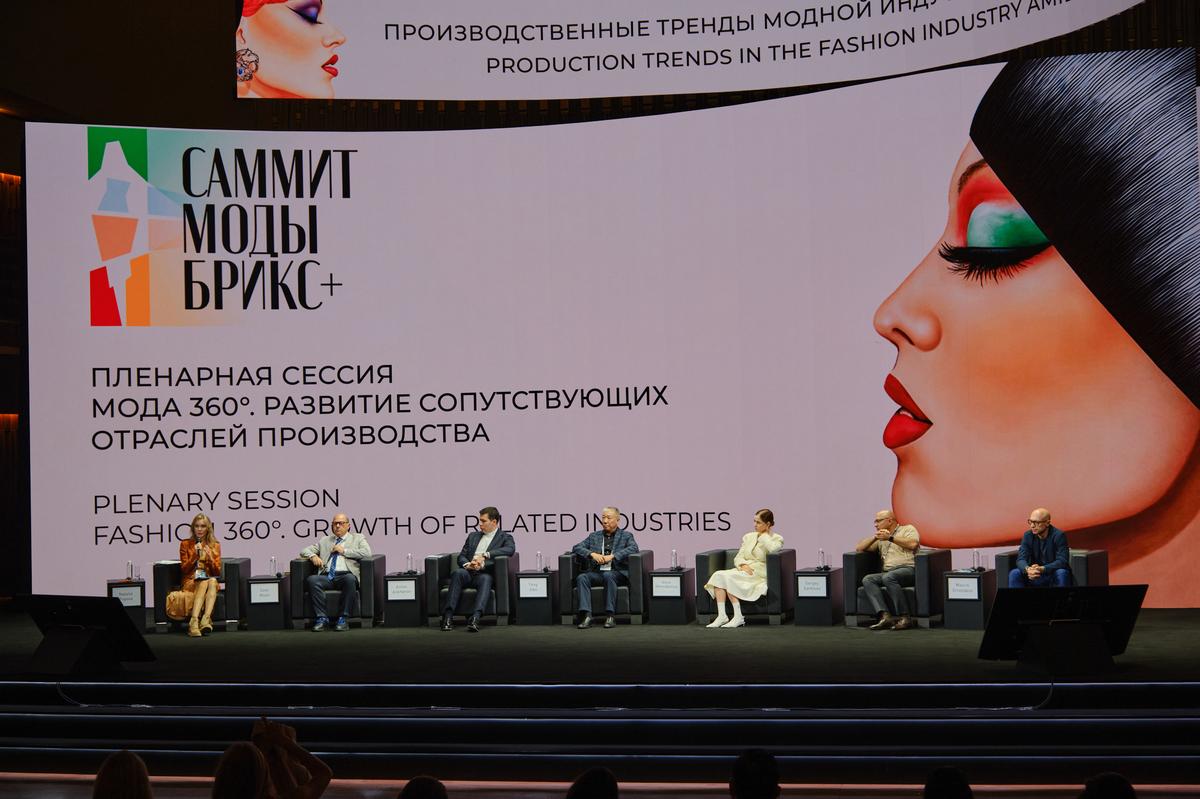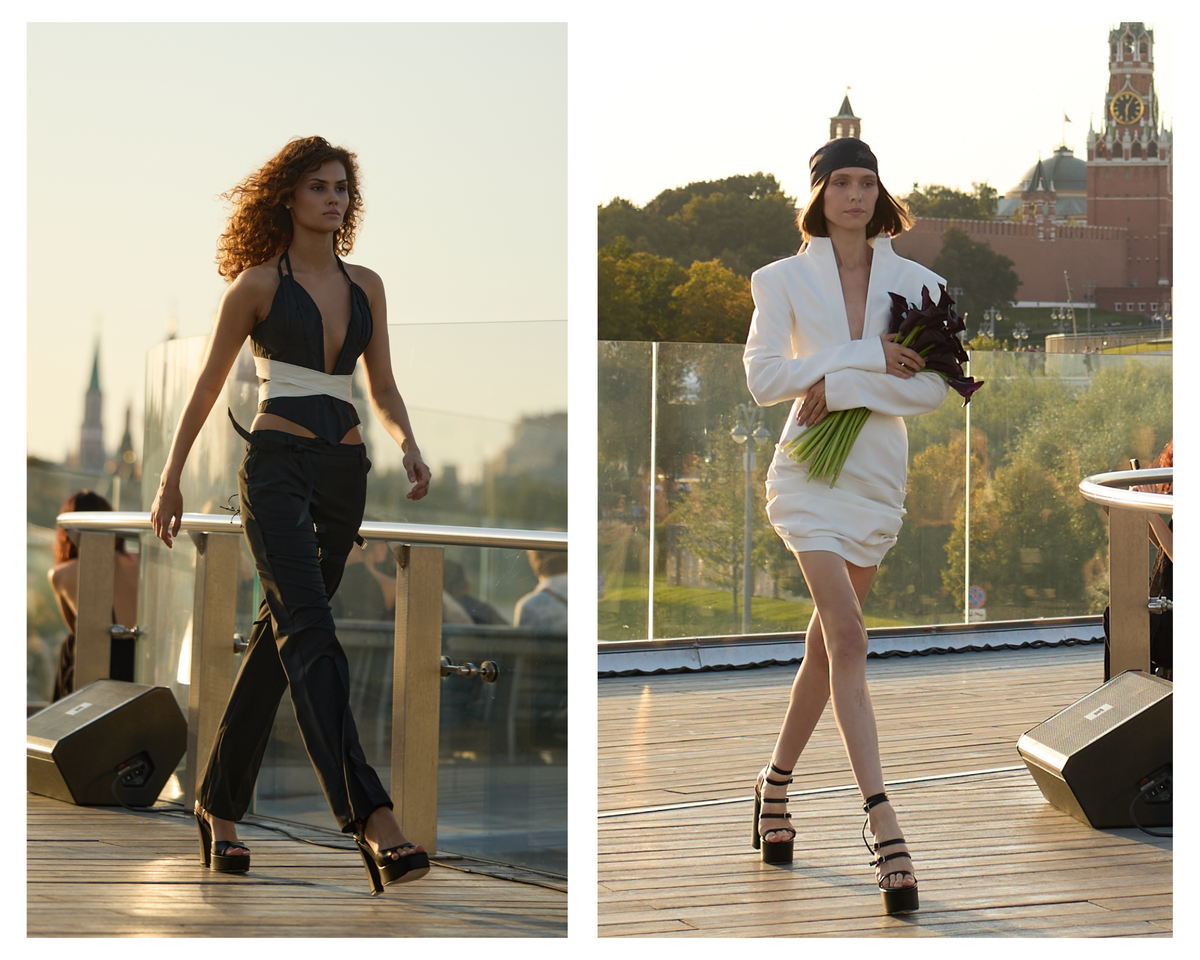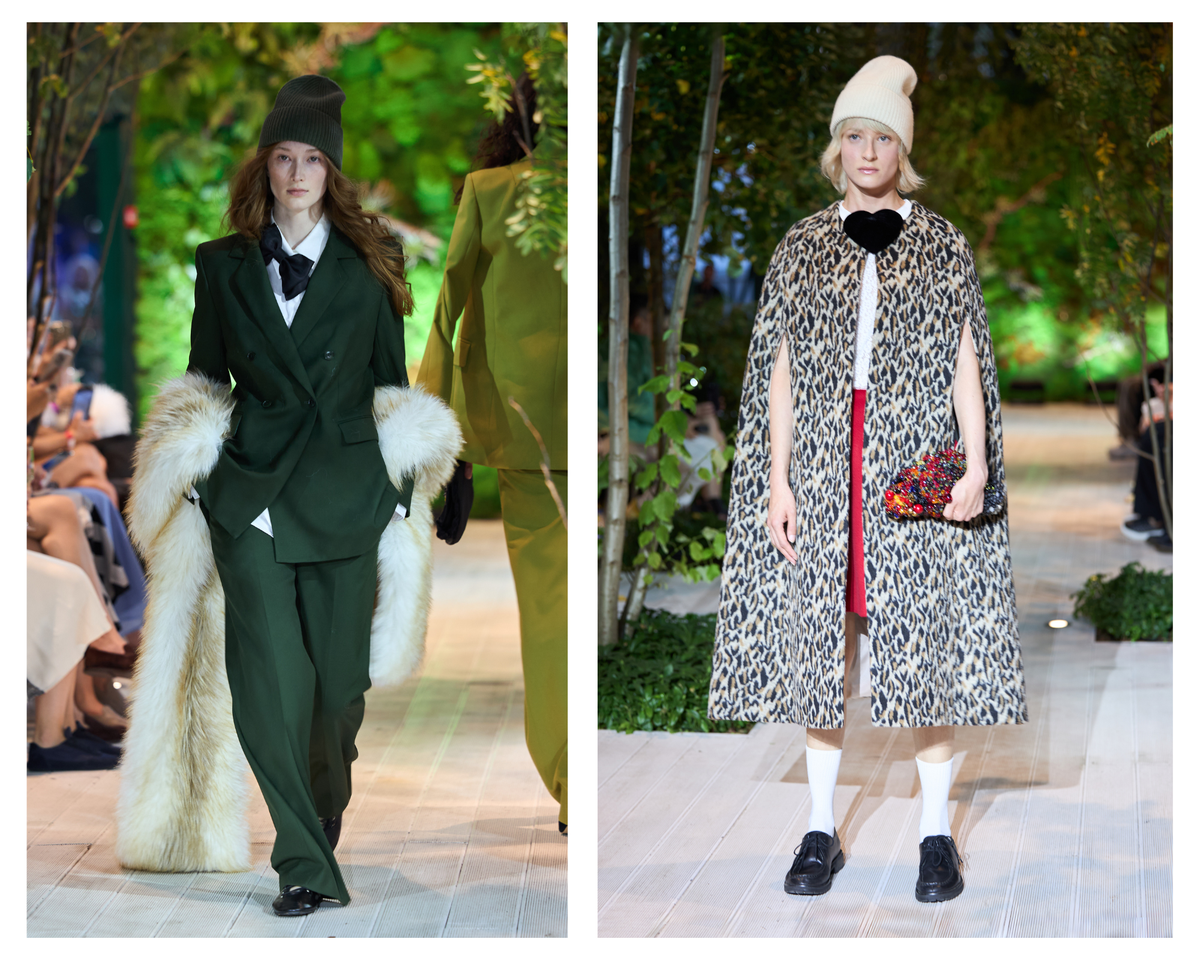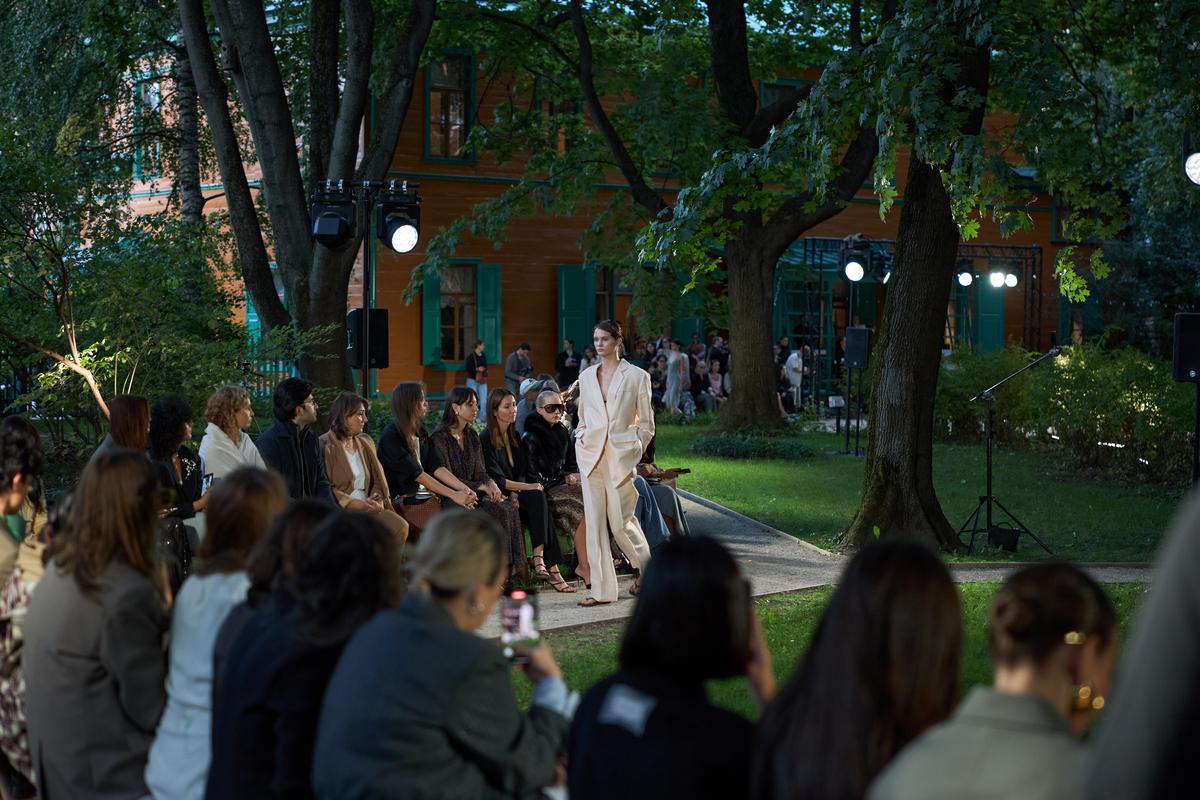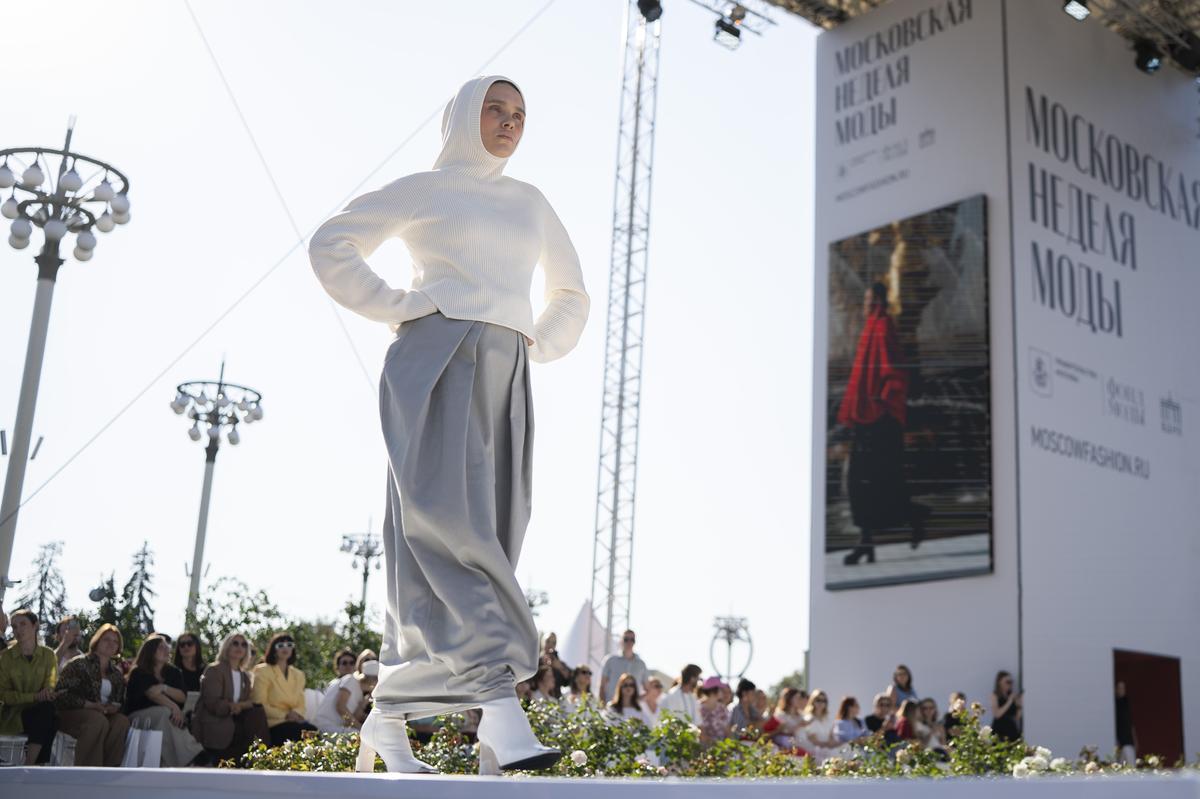When Priti Rao describes her four-bedroom villa, Spacehouse Himalayas, as “a controlled experiment,” the service design consultant is in a way describing the evolution of her dream home into a crucible for creatives. I’ve known her since 2014, when the one-acre plot she bought in Satoli, a tiny village in Uttarakhand, was “just sitting there”. Back then she worked for IDEO, the international design-forward consulting firm, and hardly was there a catch-up conversation when an idea connected to the house didn’t figure.
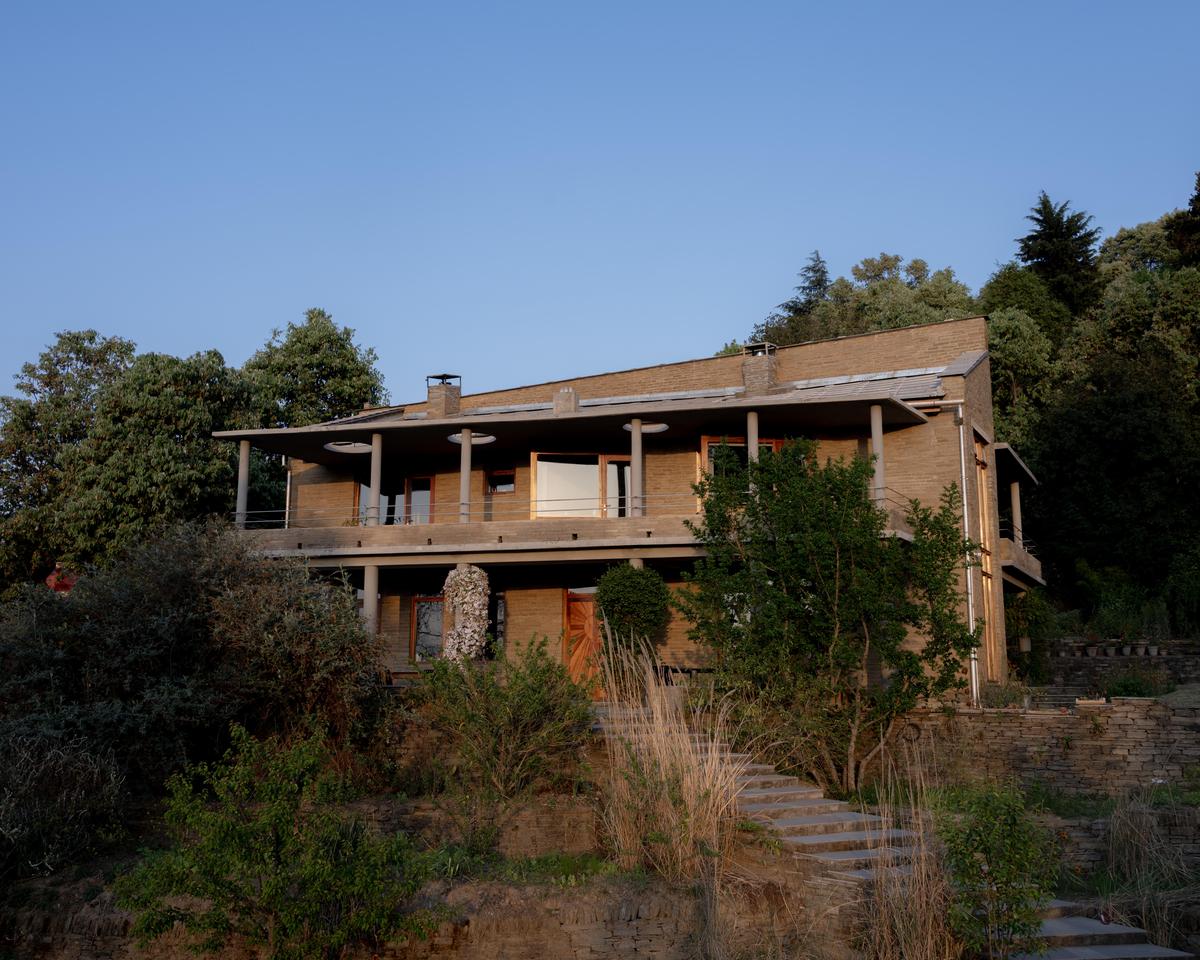
Spacehouse Himalayas’ stone facade was designed by Swedish architect Inger Thede to receede into the landscape.
| Photo Credit:
Abhishekh Khedekar
At one point she wanted to host an art and design biennale in the hills, which would transform Satoli into a Naoshima — the island in Japan that houses museums and art installations by the likes of architect Tadao Ando and the French painter Claude Monet. At another, it was this fleeting idea of an Airbnb for creative individuals. Today, at Spacehouse, she hosts transformational retreats that are akin to learning holidays. Think ikebana lessons by the Japanese artist Eri Iwase, or learning how to preserve and ferment food with chef Gayatri Desai of Pune’s Ground Up.
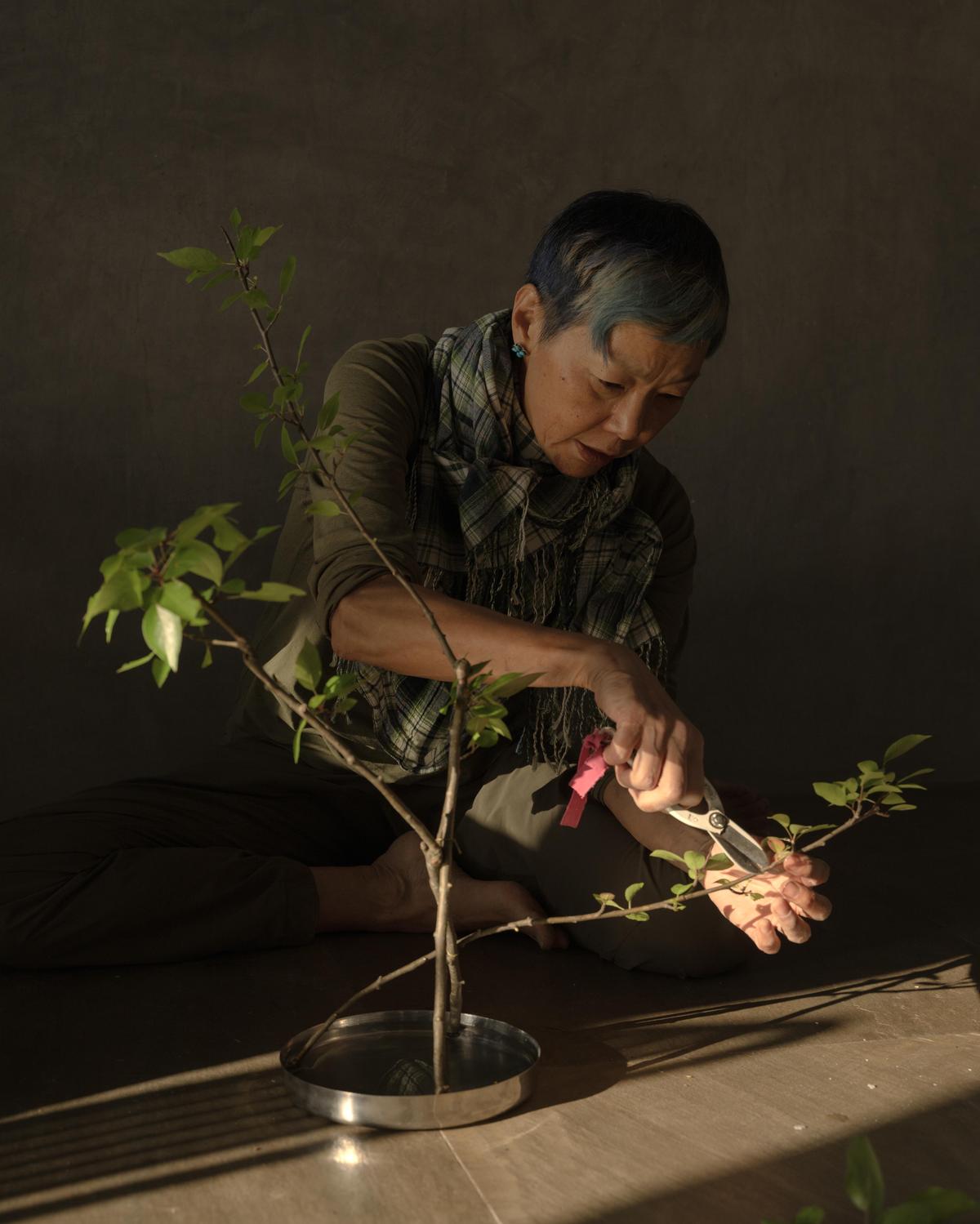
Artist Eri Iwase demonstrating the practice of Ikebana.
| Photo Credit:
Abhishekh Khedekar
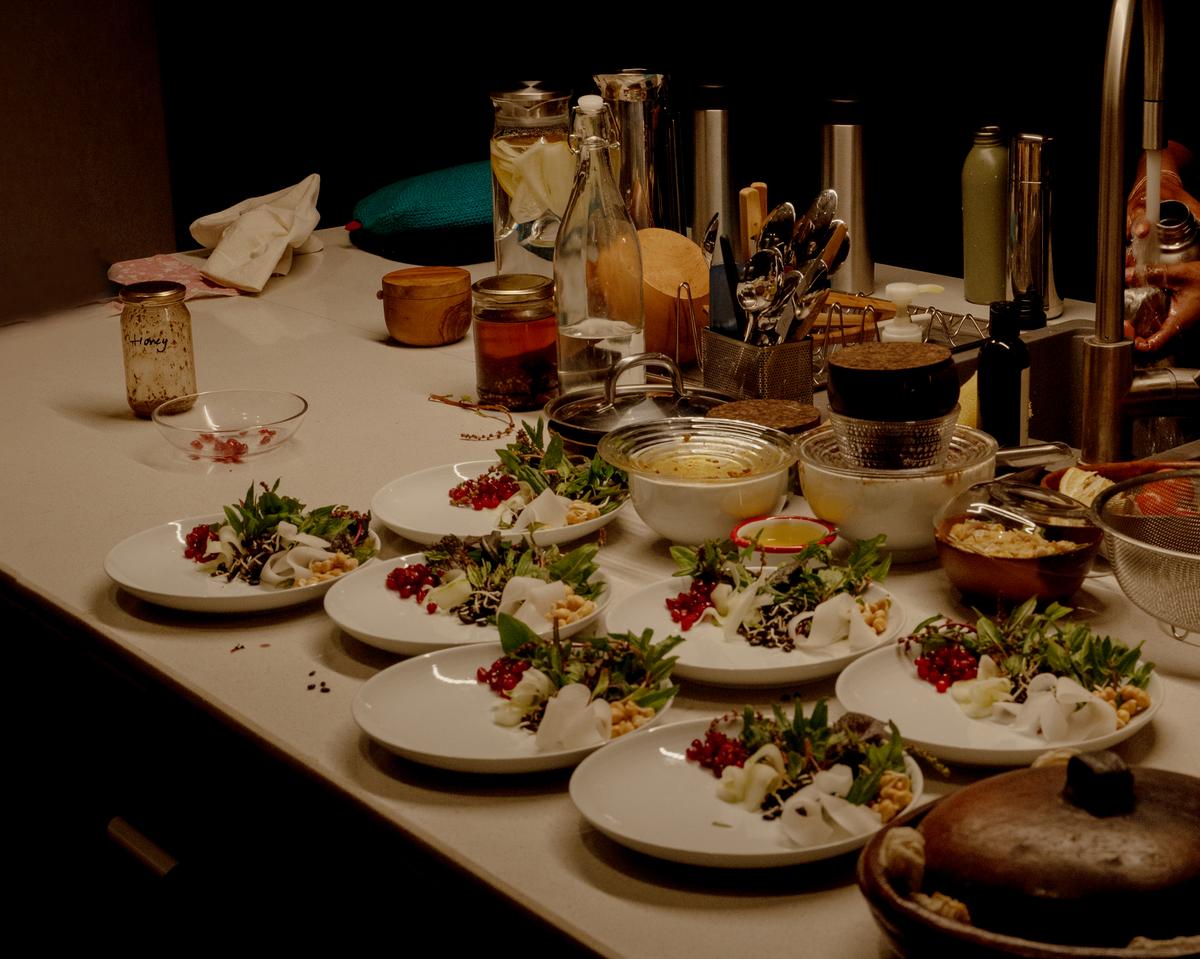
Workshop on food and fermentation by chef Gayatri Desai.
| Photo Credit:
Abhishekh Khedekar
Every September, she hosts a thought leadership retreat for women called ‘The Himalayan Gatherers’. “We talk, go hiking, arrange for the group to connect with the locals. It’s a very intimate space to connect, to reflect and to be energised and inspired by each other,” she tells me. The 2025 edition (September 25-28), for instance, has participants such as Roopa Kudva, former MD and CEO of CRISIL, the global analytics company, speaking from her experience of taking hard decisions at work, alongside sessions on topics such as dyeing using natural materials.
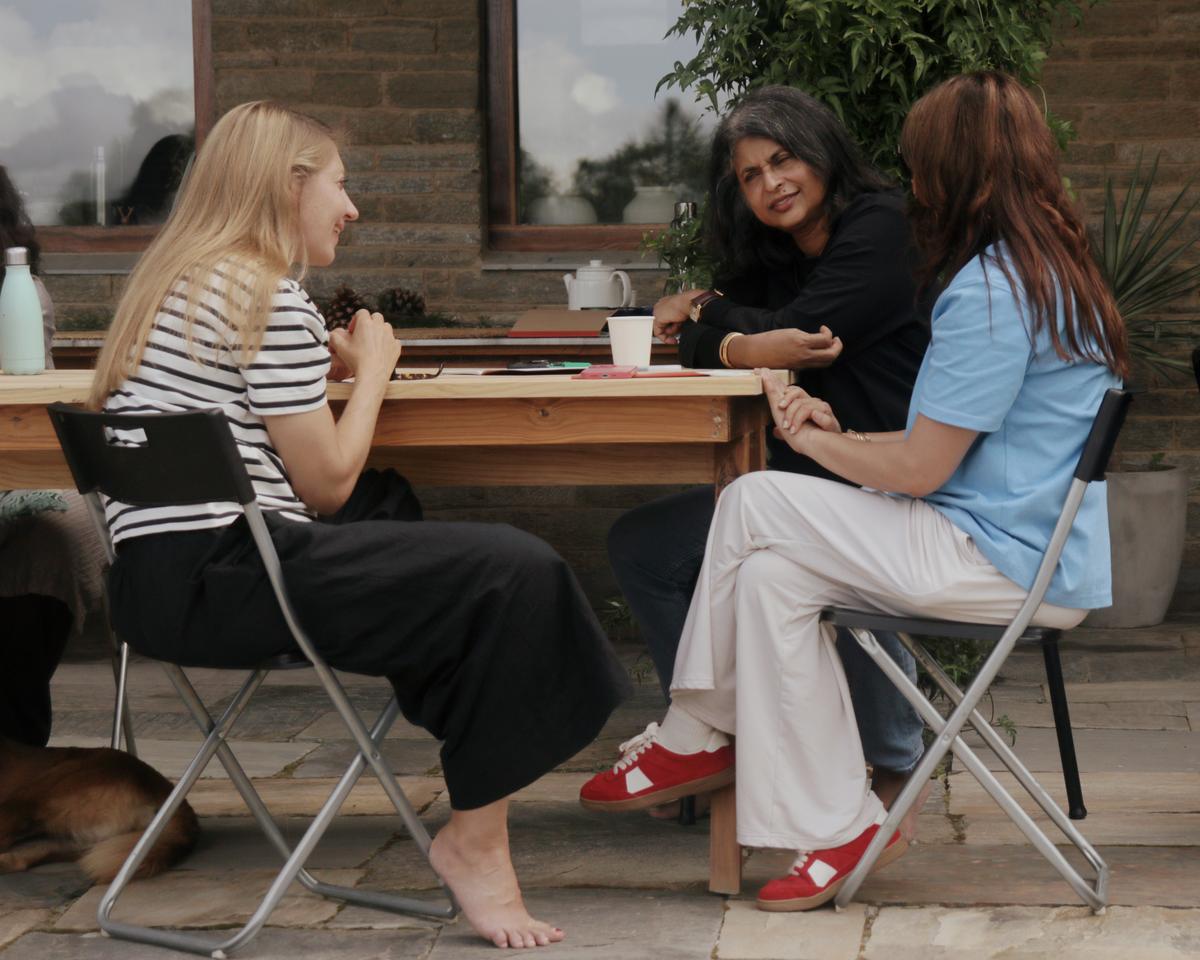
Women leaders at a session of The Himalayan Gatherists retreat.
| Photo Credit:
Courtesy Spacehouse Himalayas
Her personal Naoshima is also in the making. Rao, herself a collector of design objects, hosts residencies (based on funding and availability) where she invites artists to create site specific works. Swedish light artist Joanna Thede, is one of several, who’ve stayed and created at Spacehouse.
What makes Rao’s venture particularly interesting is that it doesn’t fit a slot or label. Neither is it your regular homestay nor a place of pure academic pursuit, nor a venue that offers varied experiences. It’s none and all of the above. “During my own growing-up years, I wanted to be able to escape to a place like Spacehouse, where you can think without distraction,” she explains. “Either such places were out of reach or were highly competitive to get into. So, when I was building my own home, I thought why not turn it into that sort of space.”
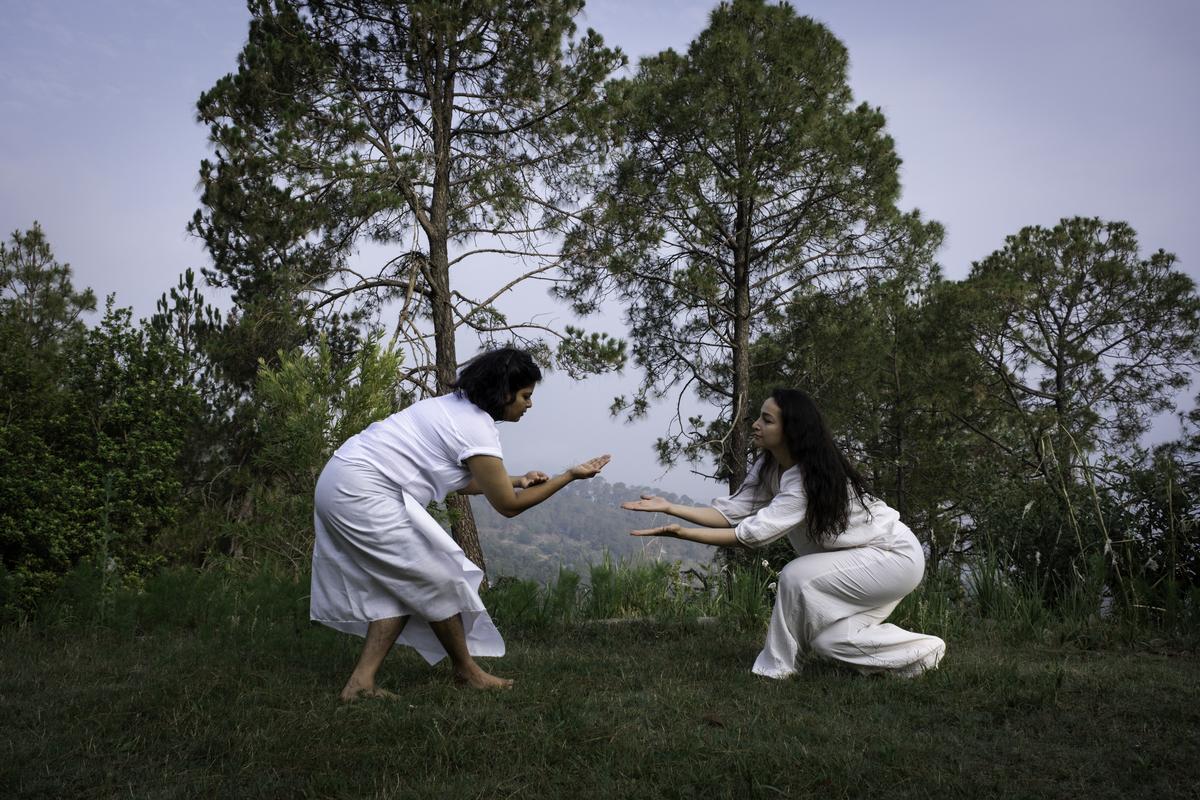
Dancing Sticks performance at Spacehouse Himalayas by Iranian artist Shirin Abedinirad (right) and multidisciplinary artist Asavari Gurav.
| Photo Credit:
Abhishekh Khedekar
A life of building things and solving problems
Rao first came to Satoli in 1999, as a 21-year-old in search of her life’s purpose. She wanted to understand the work of Arohi, a non-profit that, among other things, develops programmes to improve the lives and livelihoods of rural Himalayan communities. “I knew I wanted life education versus academic education,” she says, “and I wanted to live in rural India.” This eventually led her to consider a career in “developmental impact and public policy”.
Founder Priti Rao.
| Photo Credit:
Abhishekh Khedekar
Looking back, Rao says she was “running away from the tyranny of being a doctor or an engineer”, careers that her South Indian banker parents would have liked for her to choose. Her interest in seeking out other ways of living was triggered by a pan-India train journey that she went on at age 18. Run by Member of Parliament Shashank Tripathi, it’s today known as Jagriti Yatra and introduces youth to creative entrepreneurial thinking. “Bombay was the only world I knew [till then],” confesses Rao. “On the journey we visited places across India and the Rashtrapati Bhavan in Delhi. I met truly amazing people, learnt so much, and rural India was a real eye-opener,” she says, with emphasis on the last part.
Much of Rao’s career has been outside of Satoli, though. She’s helped the Bengaluru-based artisanal coffee brand ARAKU bridge the gap between growing and brewing coffee. Then there was the five-year stint, mostly spent in San Francisco, at IDEO, which she describes half-jokingly as a “lifestyle where you travel the world and work with cool clients”. In the last role of her corporate era, she headed consulting firm Dalberg’s Asian design arm where she helmed projects such as a landmark one that measured the impact of Aadhaar on the lives of millions of Indians. Apart from the government, her clients have also included the likes of Bill & Melinda Gates Foundation and the World Bank.
Spacehouse Himalayas’ stone facade seen through the copper entrance door designed by Brooklyn-based industrial designer Angie Kim.
| Photo Credit:
Abhishekh Khedekar
She also interspersed work with education, both of the RL (real life) and academic variety. A stint studying permaculture in Tasmania, (with Bill Mollison, considered the ‘father of permaculture’); a Ford Foundation-funded masters at the Institute of Development Studies, Sussex University, in the U.K.; and a PhD in service design from Northumbria University, U.K. Each fuelled by whatever had caught her intellectual fancy at that moment in time. “I have always wanted to build things and solve problems,” says Rao.
At Ahmedabad’s CEPT University, she’s been attempting to solve her problem of not finding able service designers by teaching the subject. This past summer, Rao hosted a two-week “residential school” for CEPT’s design and architecture students at Spacehouse where they had to create efficient solutions for travelling around the mountains. “In my mind it’s the ultimate use of the space,” she remarks.
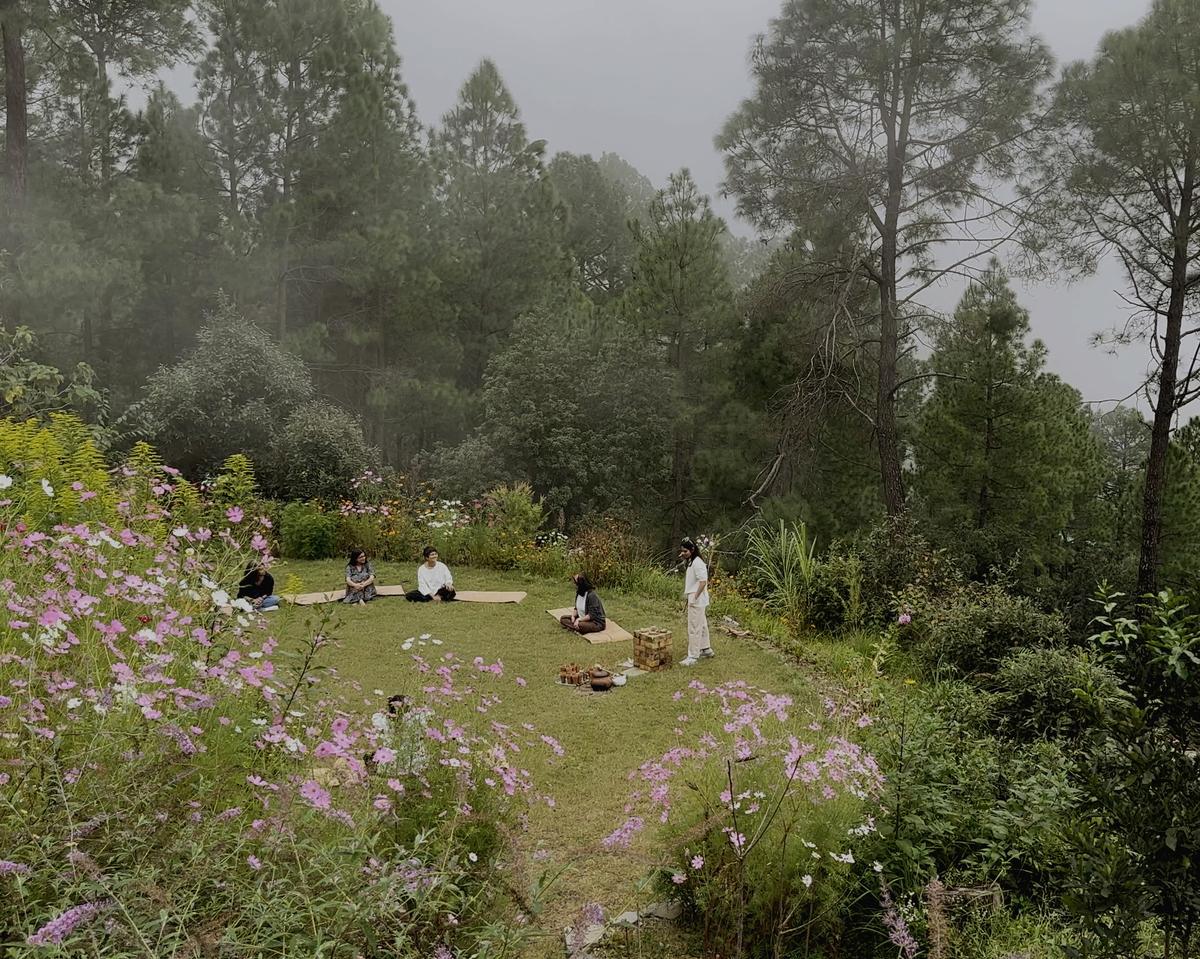
Guests getting ready for a cacao ceremony on a misty morning.
| Photo Credit:
Courtesy Spacehouse Himalayas
The making of a winter house
Structurally, Spacehouse sits on a one-acre plot that’s a 750-metre hike from the nearest road, through a forest of oak and rhododendron. Pantnagar, with direct flights from Delhi, is the closest airport. Rao bought the land in 2008 because she “was very clear” she didn’t want to live in a city.
When she did start designing the space along with Swedish architect Inger Thede, she approached it as an architectural problem that needed solving. “The whole world lives in cold climates and somehow functions very comfortably indoors,” says Rao, referring to architectural design in the West that effectively incorporates heating and insulation. “Having lived in the Himalayas through many winters, I kept wondering: why haven’t we figured it out?” Rao says that thought was her one-line brief to Thede. “I said to her I want a winter house, not a summer house.”
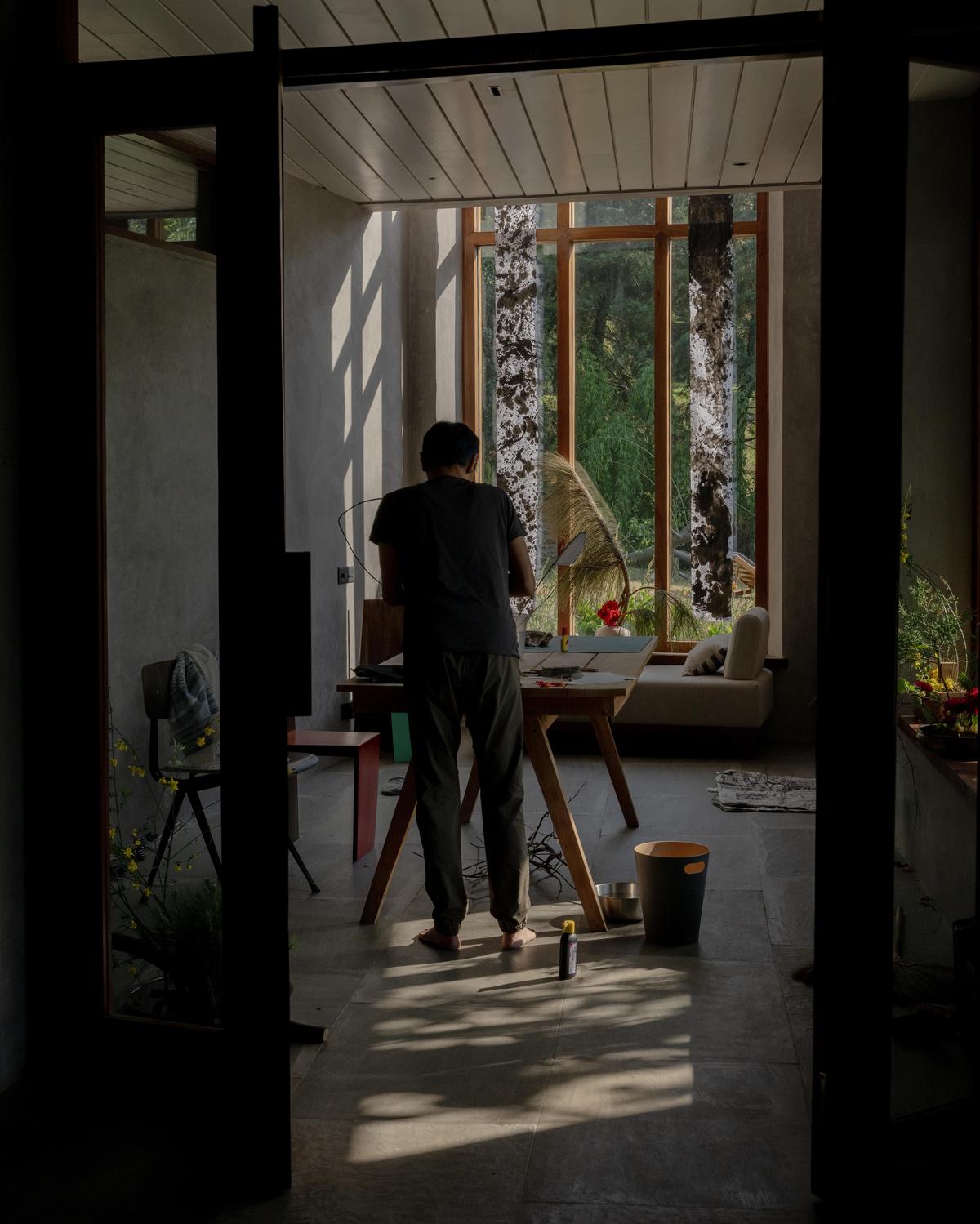
Artist Eri Iwase in the studio playing with Japanese ink.
| Photo Credit:
Abhishekh Khedekar
The result is a home filled with light filtering in through large windows and skylights. Warm grey walls contrast red cedar floors. The furniture, the furnishings and the objects placed around the home were either made on-site, inspired by the environs, or point to Rao’s artistic leanings: Charles and Ray Eames, Ronan and Erwan Bouroullec, Italian houseware label Alessi, and Japanese minimalist design icon, Muji.
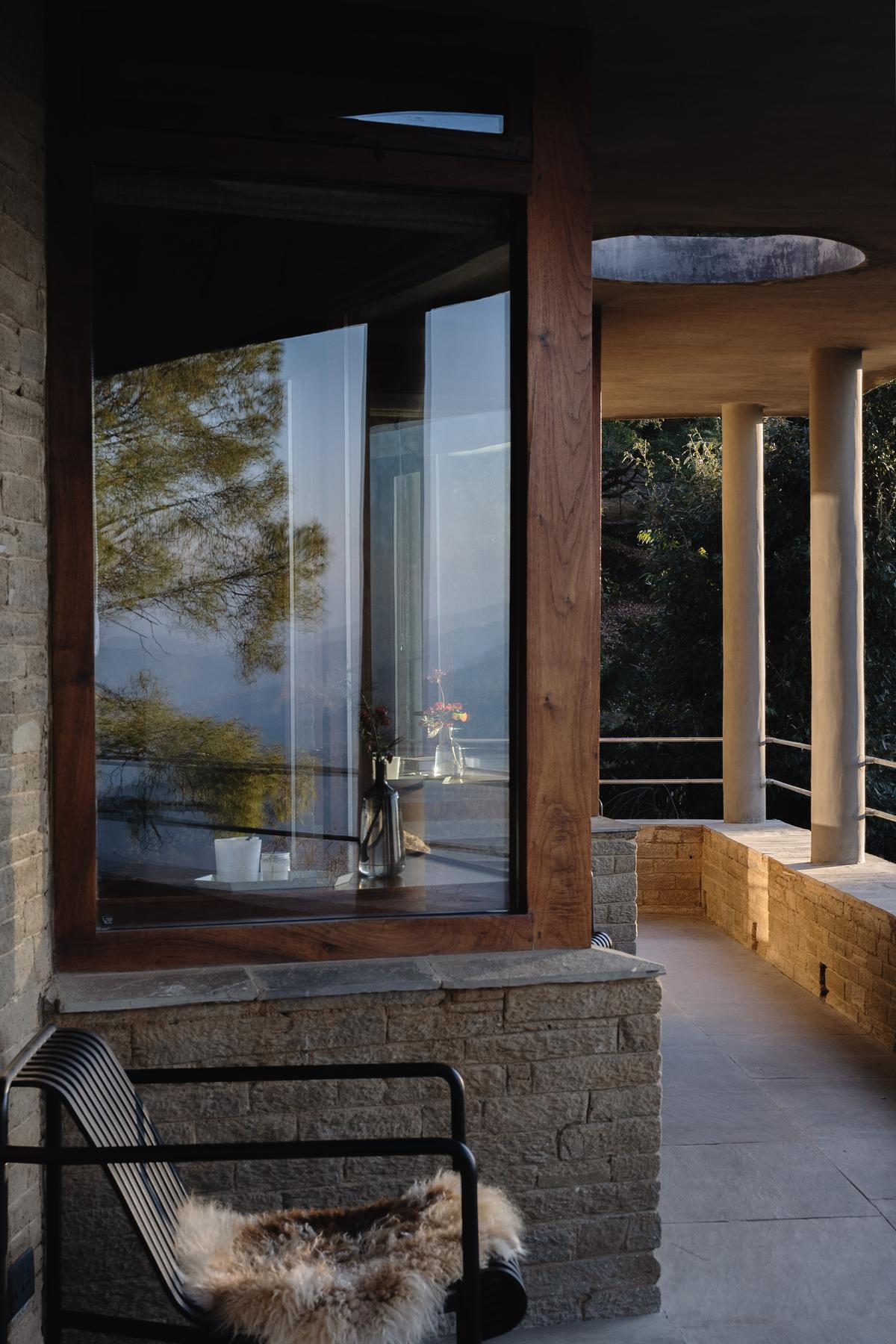
Large open verandahs with skylights inspired by American artist James Turrell.
| Photo Credit:
Abhishekh Khedekar
Local Indian craftsmanship and the use of natural materials, such as wood, stone, lime, and wool, all went into the making of Spacehouse. “The palette is deliberately neutral,” offers Rao, “to allow for nature to be the hero. And increasingly for artists to add their perspective and works to the space.” Plus, the building is powered almost entirely by solar energy and water comes from rain water harvesting.
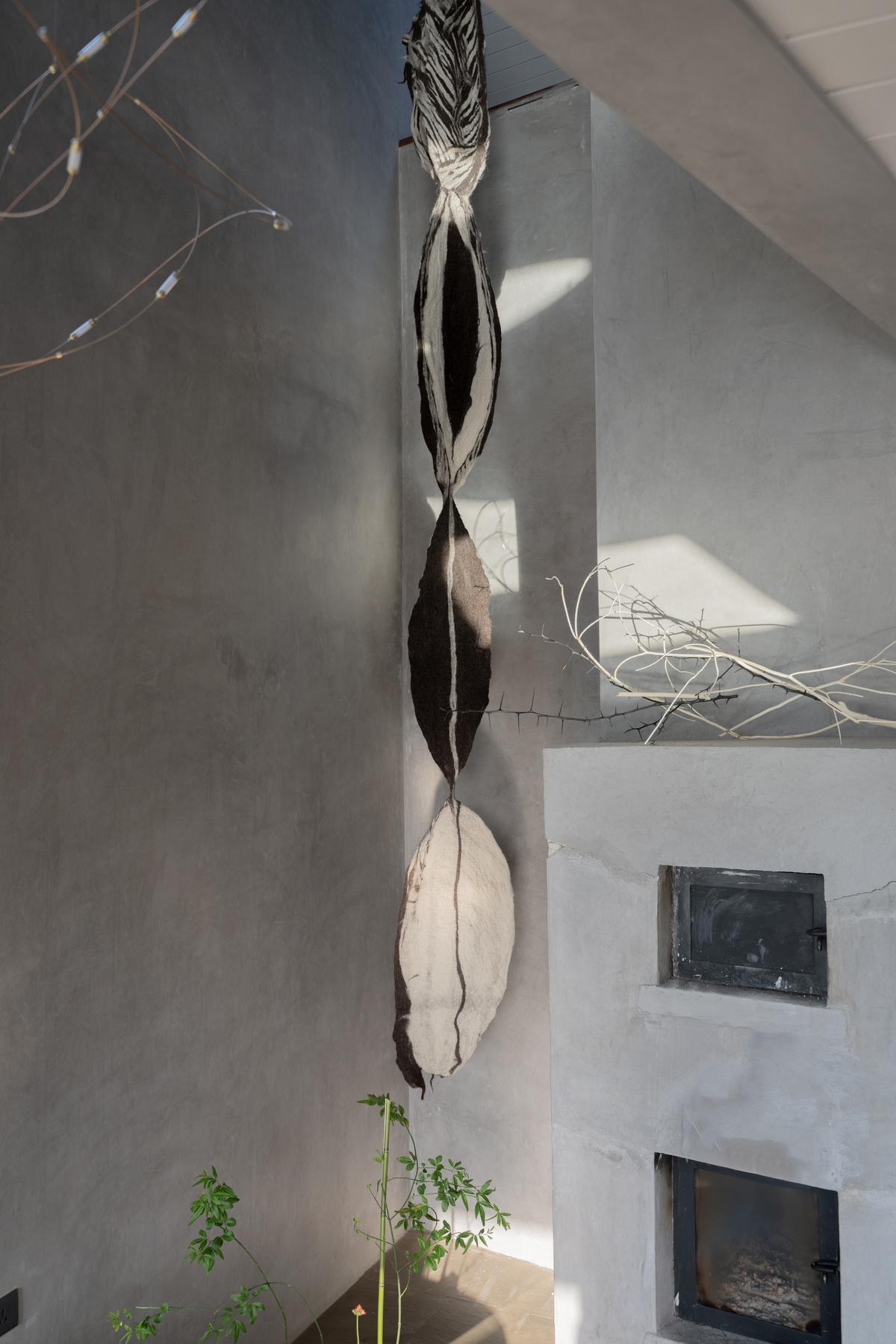
Eclipse by artist Sagarika Sundaram.
| Photo Credit:
Abhishekh Khedekar
When she’s not hosting a residency or retreat or just living her dream Himalayan life, Rao rents the house out to generate funds to power the activities she has planned. She also generates revenue from charging for pop-up events and retreats (limited to 20 people), ranging from around ₹5,000 for half a day of learning how to preserve seasonal produce, to ₹50,000 per day for the three-day women’s leadership programme which includes boarding, lodging and local experiences.
“The ultimate project was designing my own life,” says Rao, as we wrap up our conversation, “which in hindsight was a product of a series of accidents and me following my instinct. With Spacehouse, finally, I think I’ve been able to connect all the dots between community, climate and art and design.” To me, it seems, she’s come full circle. From trying to figure out her own joy and purpose to helping others find theirs. The experiment continues.
The writer is based in Mumbai and reports on travel and culture.
